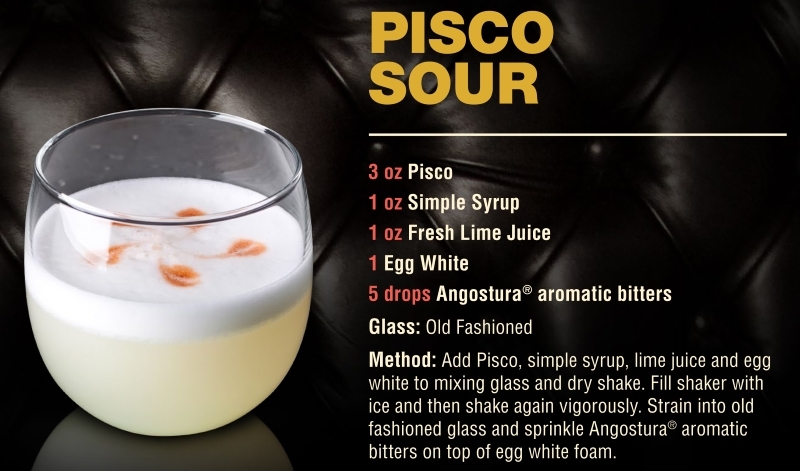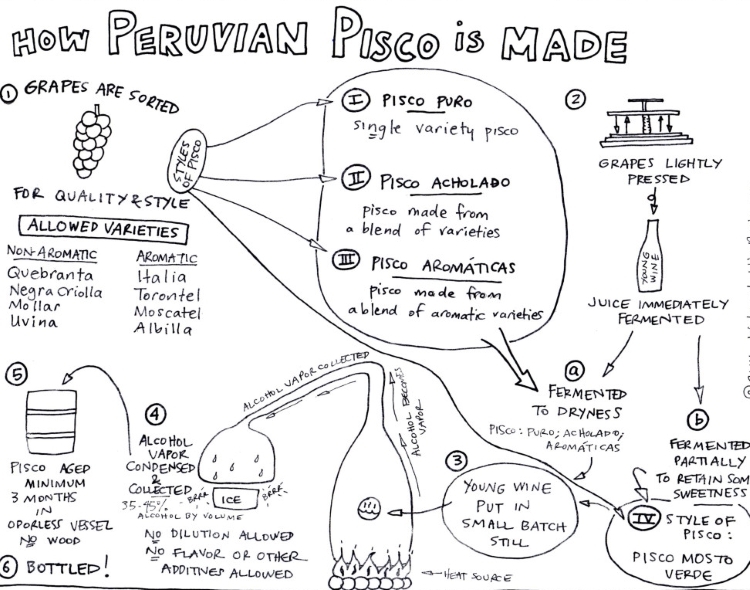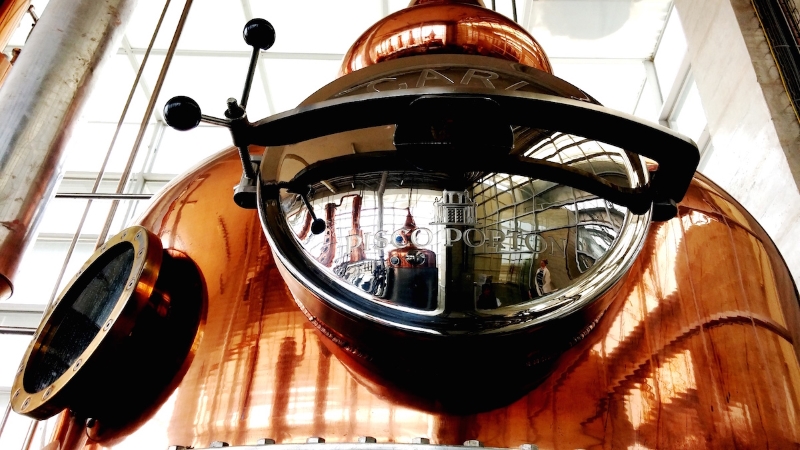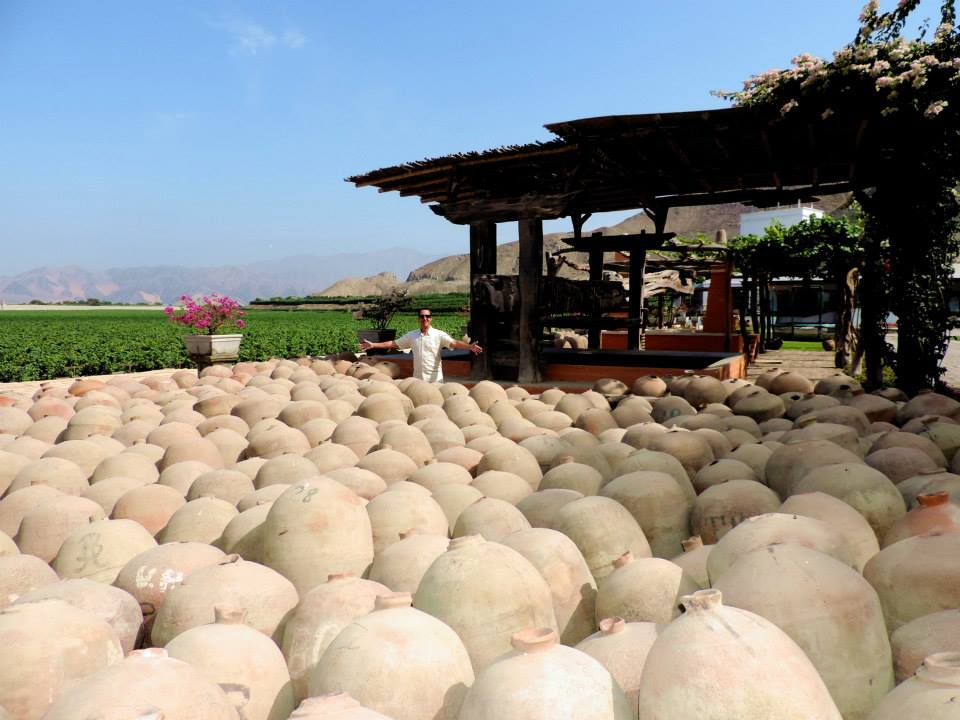Peruvian Pisco – Very Tasty, Very Potent!
The subject of Peruvian Pisco is a bone of contention and there are often heated words exchanged between Chile and Peru on this topic. It is seen as an insult to one country to suggest pisco originally comes from the other, and FYI both countries produce superb examples. The Pisco Sour and the Chicano are now on cocktail menus all over the world.

Pisco is a type of Brandy, distilled from fermented grape juice (i.e. wine) but which differs from many spirits such as whiskey, rum, and other brandies in that it is not aged in oak. By law, pisco must be a pure, unaltered liquid – distilled just once from one of eight kinds of aromatic and non-aromatic grapes that the Spanish Conquistadors bought over to Peru in 1528. We will cover the basics here but the foot of the page is a full article for those who want more info.

“We really believe in the pristine quality of the spirit, and the grapiness that comes through,” says Melanie Asher, founder, and distiller of Macchu Pisco. “If you’ve ever tasted Cognac off the still it’s not drinkable because those grapes are very acidic and the wood works to mellow it out.”
Also to emphasize this point there are the tongue-in-cheek comments of Johnny Schuler, master distiller of Pisco Portón (the largest importer to the US) “Don’t be mad but your Cognac is made by oak, my Pisco is made by God!”

The Pisco Sour is the national drink of Peru and it is fair to say most objective Chileans will say that the Peruvian Pisco Sour is better than theirs, we have heard this said many times without any arm twisting. The US is now the second biggest importer of Peruvian Pisco after Chile (ironically!).
Something that we at WT² love about exploring Peruvian Pisco is that, as well as seeing the high-tech and high investment end of the distillery scale such as Pisco Porton, there are hundreds of hand-made, artisan style places that are quirky that you can visit. After your trip to this part of the world, the most memorable visits will probably be to some of these old-school, dirt track places where disorder, manual processes and eclectic collections of random historical artifacts will have you taking many amusing photos to show your friends back home.
Pisco grapes are grown along the southern Peruvian desert coast which is very hot and sunny, with virtually no rain. This produces a grape which is extremely high in sugar, essential as there must be enough sugar to withstand being distilled only once and no water added afterward. The liquid must then rest in a non-reactive container (usually stainless steel) for at least three months, but often over a year. Traditionally strange shaped clay bottles were used and these can be seen all over coastal Peru as you can see below.

Peru has so much to offer with its incredible history, amazing ruins (see Machu Picchu below for example) and landscapes. The gastronomy is world-class and Lima wins culinary capital of the world on a regular basis. The oldest winery (Tacama) and distillery (Pisco Porton) in the Americas are found here and although Pisco is much more renowned than Peruvian wine, that sector is now so much better than previously.
Come and visit Peru and taste the food and drink for yourself – See our Peru wine tour here.
ps. We have used a number of sources and personal knowledge (Gary´s wife is Peruvian) for this Pisco page including a superb article which you can read by clicking here.

